Iranian artist Homa Arkani’s pop art portraits portray the socio-cultural issues faced by a generation of disillusioned women. Born after the revolution and the Iran-Iraq war, she says the young women so outlandishly featured in her Share Me series “represent a people caught between traditional values and mores, and their own distorted visions of the West.”
http://bitsandpassions.wordpress.com/2012/03/31/homa-arkani-west-crazed-women-in-iran/ http://thefbomb.org/2012/04/the-womens-college-experience/
"Women’s colleges prioritize the education of strong, motivated women and encourage them to be the leaders of tomorrow. While it’s true that successful, powerful women do (obviously) graduate from co-ed universities as well, that goal is not prioritized or promoted in the same way at those institutions. And sometimes, female students have the potential to be leaders, to achieve great things, but need an extra push. The effect of attending a school that constantly holds up this standard for its students should not be underestimated." “Whatever is deeply, essentially female--the life in a woman's expression, the feel of her flesh, the shape of her breasts, the transformations after childbirth of her skin--is being reclassified as ugly, and ugliness as disease. These qualities are about an intensification of female power, which explains why they are being recast as a diminution of power. At least a third of a woman's life is marked with aging; about a third of her body is made of fat. Both symbols are being transformed into operable condition--so that women will only feel healthy if we are two thirds of the women we could be. How can an "ideal" be about women if it is defined as how much of a female sexual characteristic does not exist on the woman's body, and how much of a female life does not show on her face?”
|
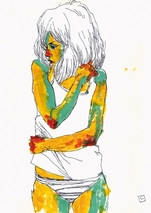
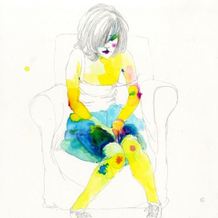
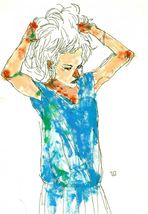
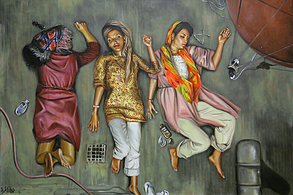
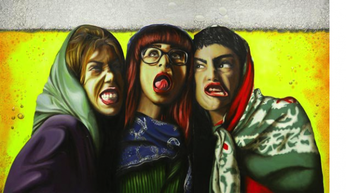
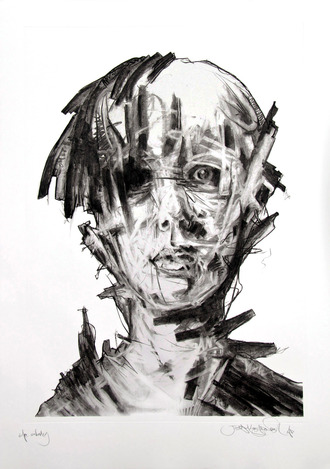
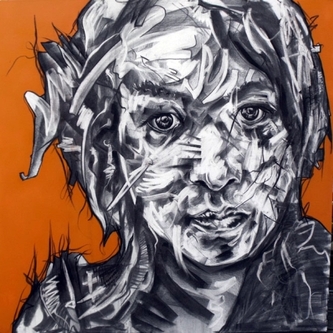
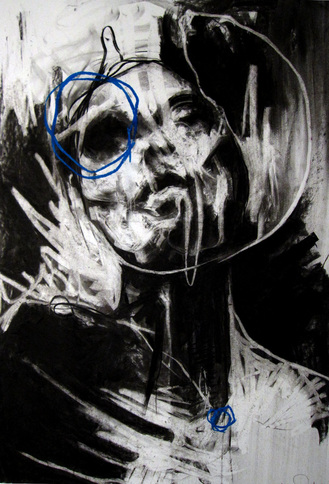
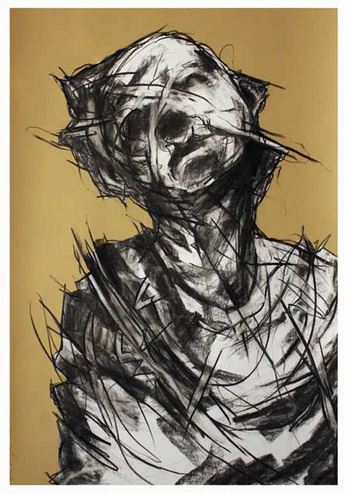
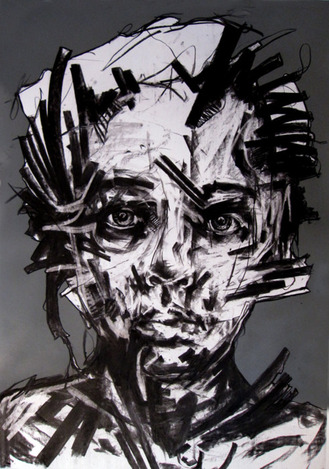
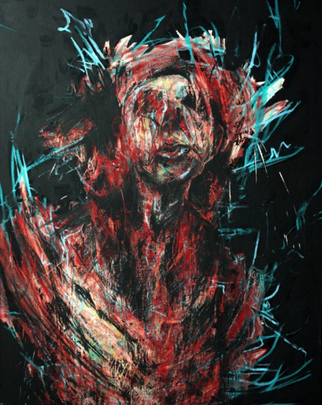
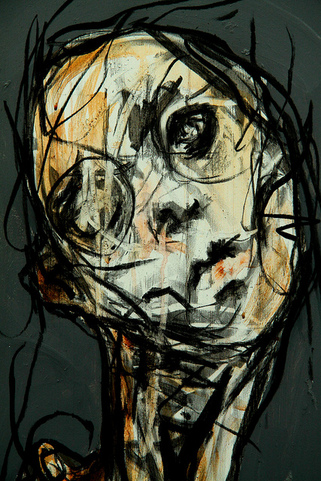
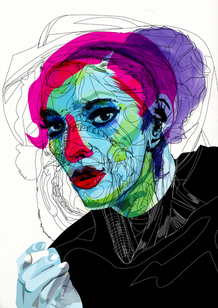
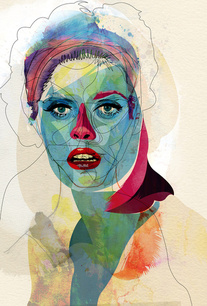
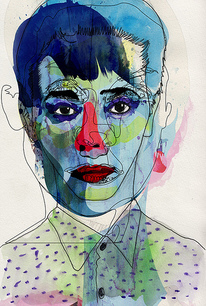
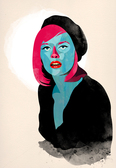
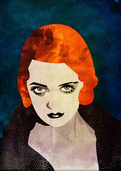
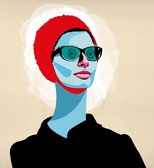
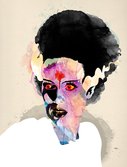
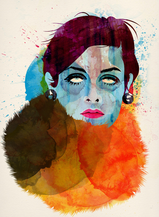
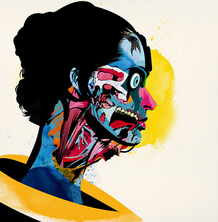
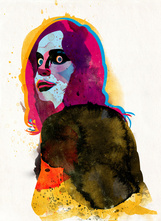
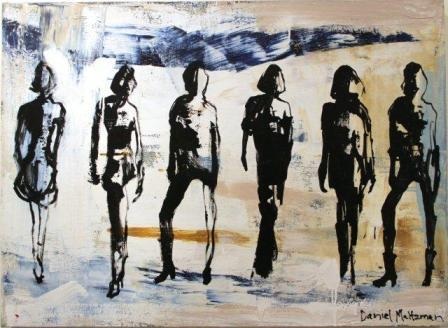
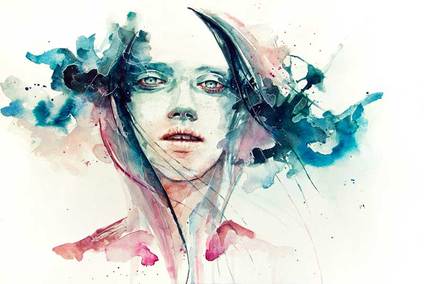
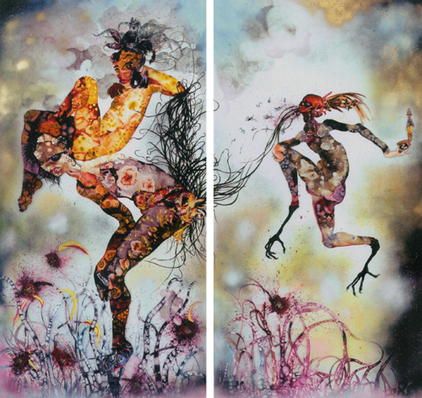
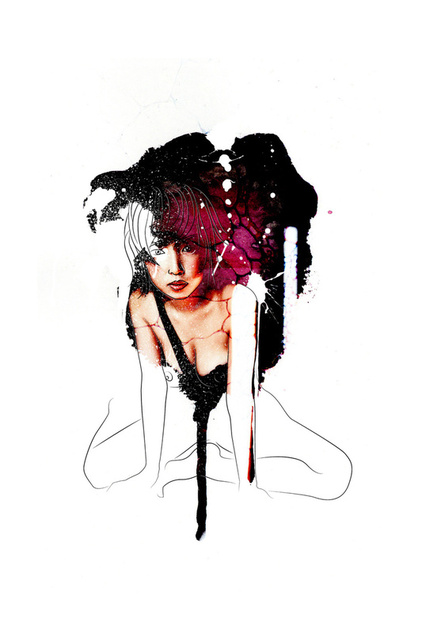
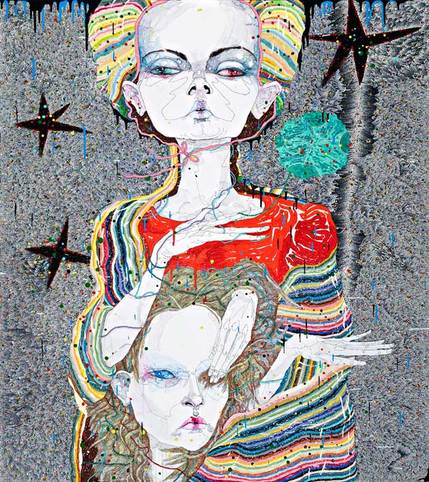
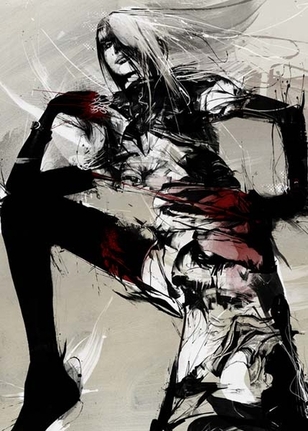
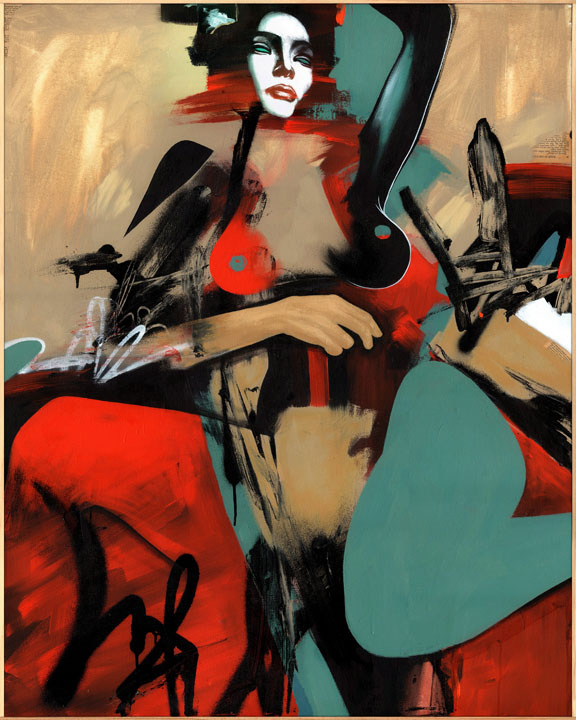
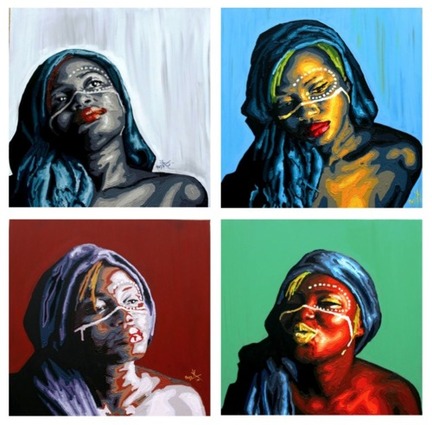
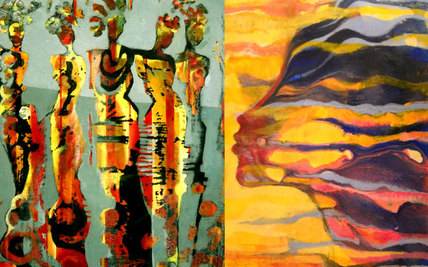
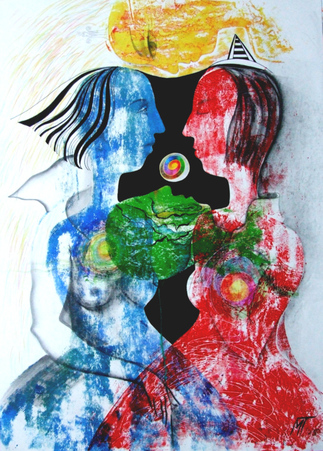
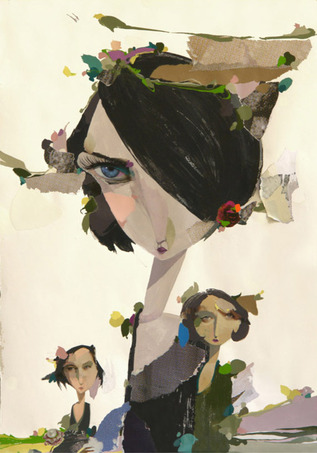
 RSS Feed
RSS Feed